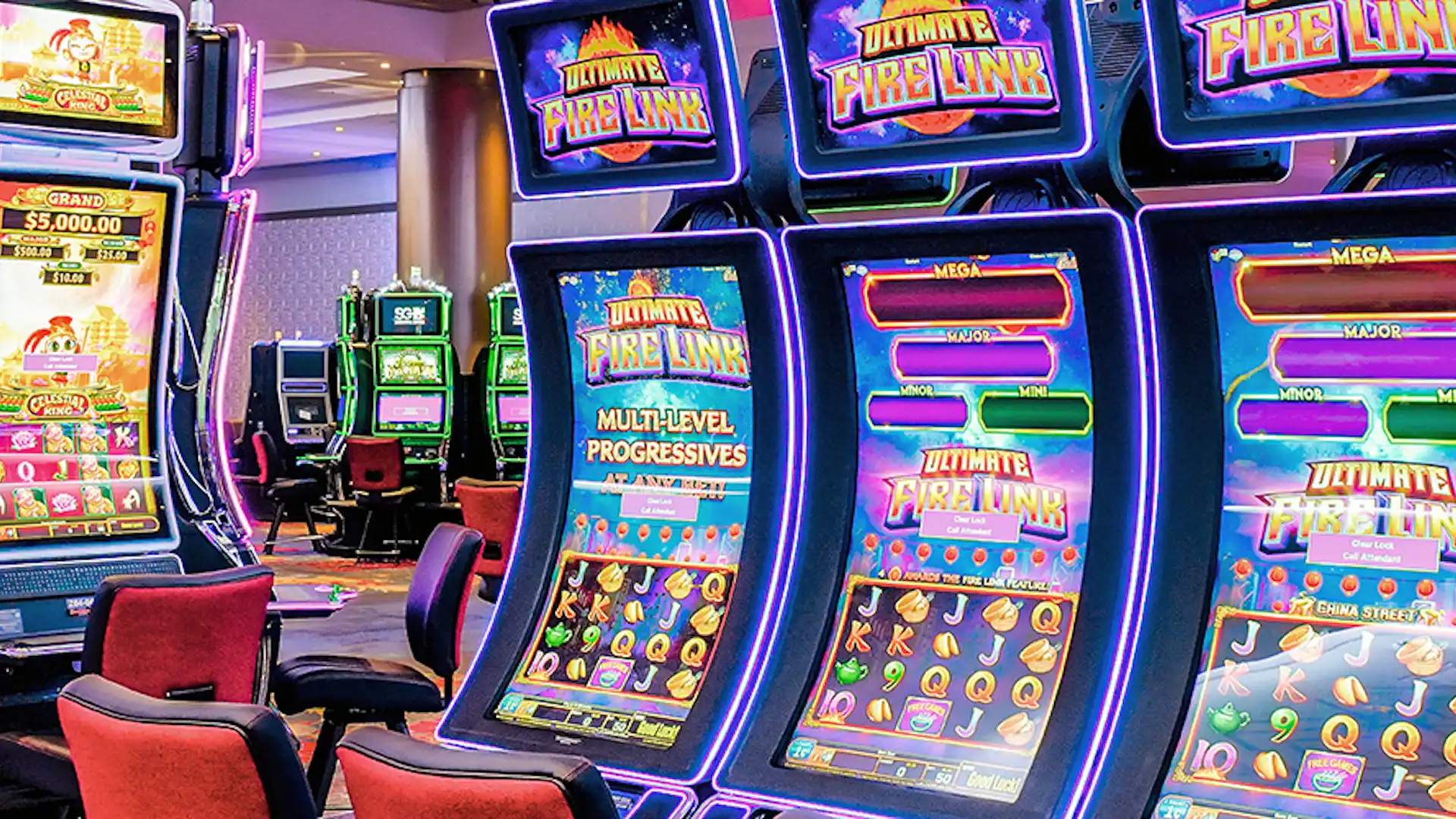
In the shadows of the glittering illuminations and those enticing sounds of spinning reels lies a dynamic world where innovation meets numbers: the making of casino games. As players flock to gaming establishments seeking excitement plus the chance of winning big, a huge amount of work takes place behind the scenes to create these games for their enjoyment. From the starting concept to the final product that players engage with, numerous elements are brought together to ensure a captivating play experience.
Creators, engineers, and game developers work together to merge innovative technology with engaging gameplay mechanics. Each aspect, from visuals and audio elements to odds plus returns, is meticulously crafted to draw in players plus keep them engaged. Understanding this complex process of the way casino games are made reveals both the technical expertise involved but also the creative vision that brings these immersive experiences to life.
Video Game Development Workflow
The design workflow starts with brainstorming and conceptualization, where creators develop concepts for new casino games. This first phase often includes pinpointing target audiences and understanding market trends. Designers consider factors like game mechanics, themes, and payout structures to create an immersive experience. Collaboration between game designers, mathematicians, and artists is crucial to ensure a balanced concept.
Once a concept is chosen, the next stage entails creating prototypes and testing. Designers create a working version of the game to evaluate its playability and mechanics. This allows for adjustments and refinements based on feedback from testers. Iteration is key, as designers may go through multiple rounds of testing to fine-tune gameplay balance and user experience. This stage is crucial for identifying any potential issues before the game goes into production.
After testing, the game moves into development and production. This comprises the technical aspects of coding the game software, integrating graphics, and ensuring compliance with gaming regulations. Quality assurance testing verifies that the game functions seamlessly across various platforms and devices. Once everything is polished, the game is prepared for launch, often accompanied by promotional tactics to draw in players and generate buzz around the latest casino game.
Tech and Development
The development of casino games has evolved significantly with developments in technology. Modern game design often incorporates premium graphics, engaging sound effects, and interactive animations that provide a captivating experience for gamers. Game developers use advanced software tools and coding languages to create these interactive gaming experiences. Additionally, the use of random number generators ensures fairness and unpredictability in outcomes, which is important for ensuring player trust and compliance with gaming regulations.
In recent years, the surge of online casinos has pushed the boundaries of game development even further. Developers are now able to build games that appeal to a global audience, incorporating features such as live dealer options and VR environments. This transition has encouraged creativity, leading to unique game mechanics and formats that enhance player engagement. Gaming on mobile devices has also become a key focus, encouraging developers to tailor games for mobile phones and tablets, ensuring availability and convenience for players on the go.
Collaboration among creators, visual artists, and mathematicians is essential in the development process. Each team contributes their knowledge to ensure games are not only visually appealing but also mathematically sound and enjoyable. The integration of player feedback during beta testing allows developers to enhance game features and functionalities, ultimately leading to a successful launch. As technology continues to advance, the potential for innovative game concepts and experiences is unbounded, promising an enticing future for casino games.
Testing and Quality Assurance
Once a casino game has been developed, it moves into the essential phase of evaluation and quality control. This stage ensures that the game operates flawlessly and provides a just experience for gamblers. Teams conduct extensive tests, including operational checks to ensure that all game features work as expected. Each aspect, from graphics to sound effects, is evaluated to ensure high standards are met.
In addition to functionality testing, the game undergoes thorough compliance checks to meet compliance requirements. Different jurisdictions have specific rules governing game fairness and player protection. Quality assurance teams will verify that the random number generators are working correctly and that the game’s payout percentages align with industry standards. https://f168.com.co/ This detailed examination helps build trust with players and oversight bodies alike.
Finally, user testing may be conducted with real players to collect insights on user experience. This critical insight allows developers to make necessary adjustments before the official launch. Tackling any potential issues identified during this phase helps ensure that users will enjoy a fluent, immersive experience when the game goes live. The commitment to excellence reflects the industry’s dedication to delivering enjoyable and dependable casino games.